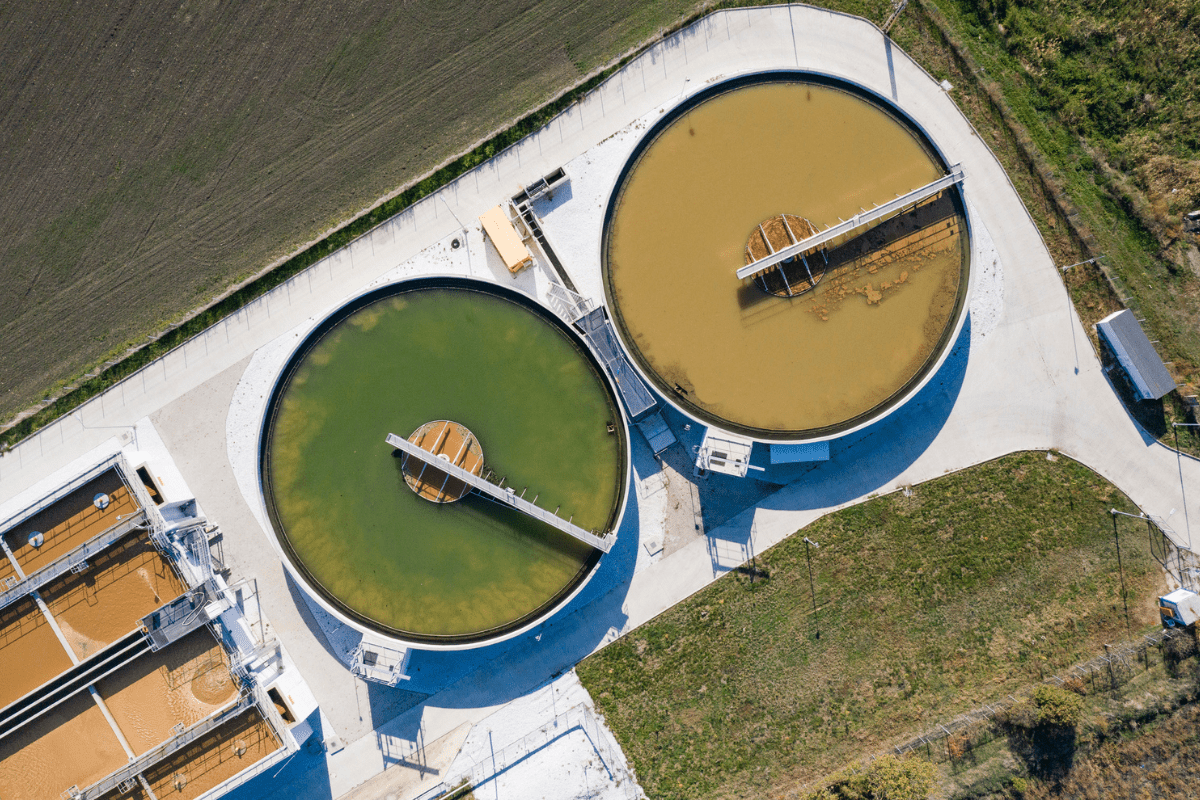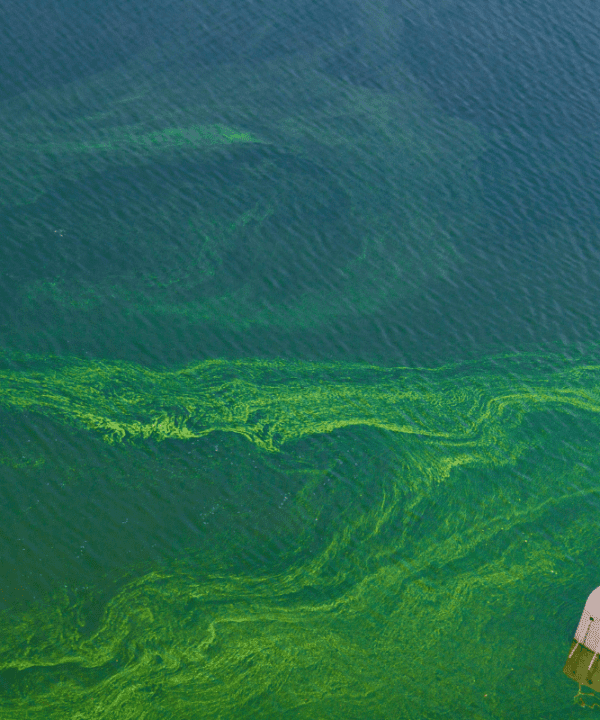
PROJECT DETAILS
- Project No 3019
- Project Name Understanding wastewater treatment technologies for alternative water use: transformation of inorganic and organic nitrogen
- Lead Organisation Water Corporation
- Research Lead Curtin University
- Main Researcher Yolanta Gruchlik
- Completion Year 2019
Project Description
Compliance with the Australian Guidelines for Water Recycling ensures that recycled wastewater does not present a health risk due to infectious pathogens or disease-causing chemicals. Many pathogens in wastewater are inactivated by disinfection treatments such as chlorination, but this causes a problem when disinfectants react with nitrogen compounds in wastewater and form Disinfection By-Products (DBPs), some of which pose a health risk. This research collected samples from four wastewater treatment plants (WWTPs) with different treatment methods and climate zones. A comprehensive and innovative analysis of the types of pathogens, various chemical forms of nitrogen and DBPs, and removal of these components during the recycling process, was related to season, climate and the four different treatment trains. It was concluded that the WWTP using a combined anaerobic/aerobic pond system was best at removing nitrogens and minimising DBP formation, but the best overall treatment performance was delivered by an activated sludge, oxidation ditch and infiltration pond WWTP in a temperate climate. Pathogens were found in influents but not treated effluents, and so were other nitrogen-removing micro-organisms. Treatment was better in summer, and the wastewater quality in these four WWTPs posed a low health and environmental risk to non-potable reuse.





